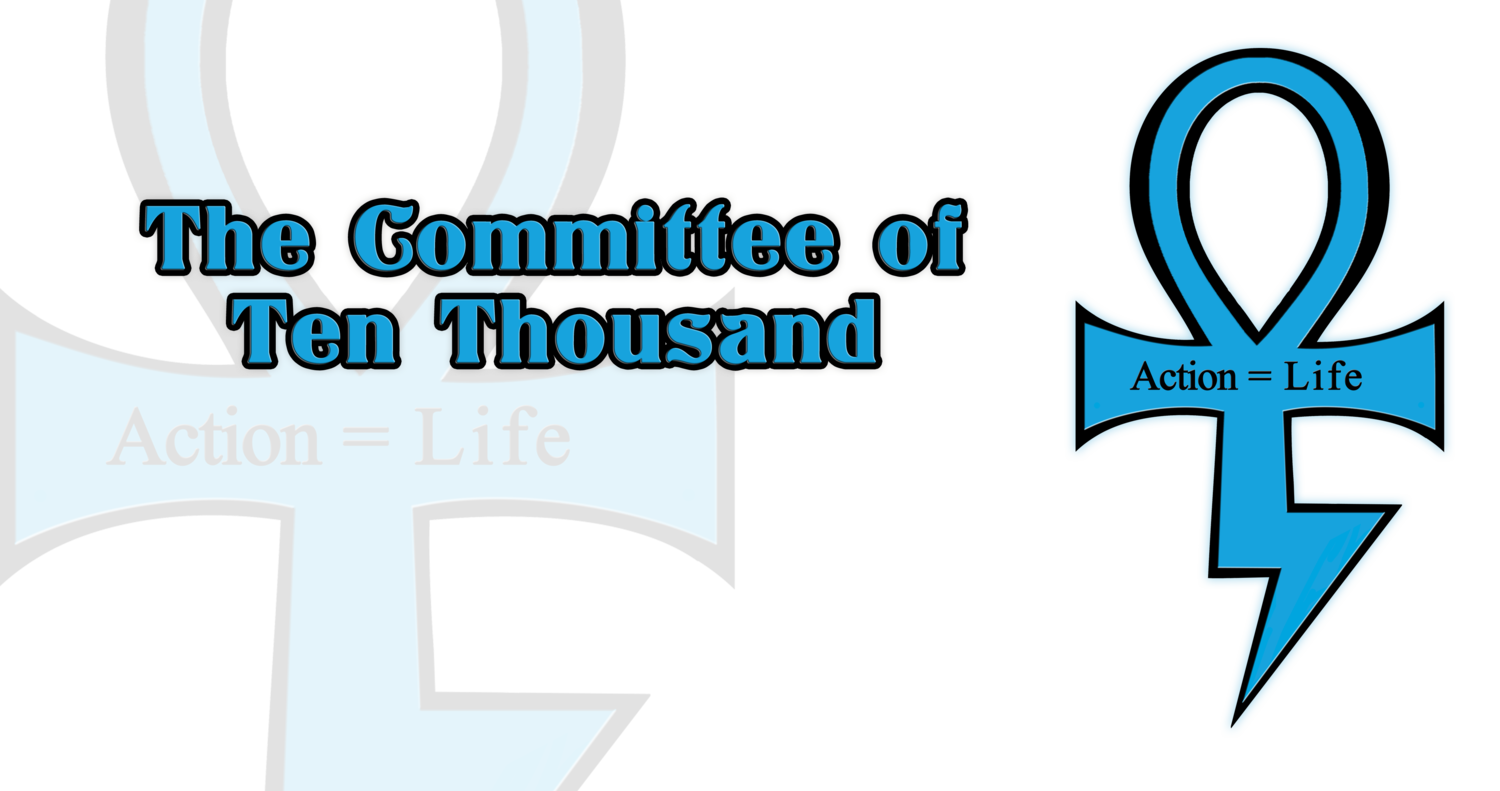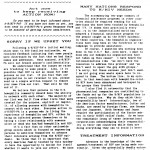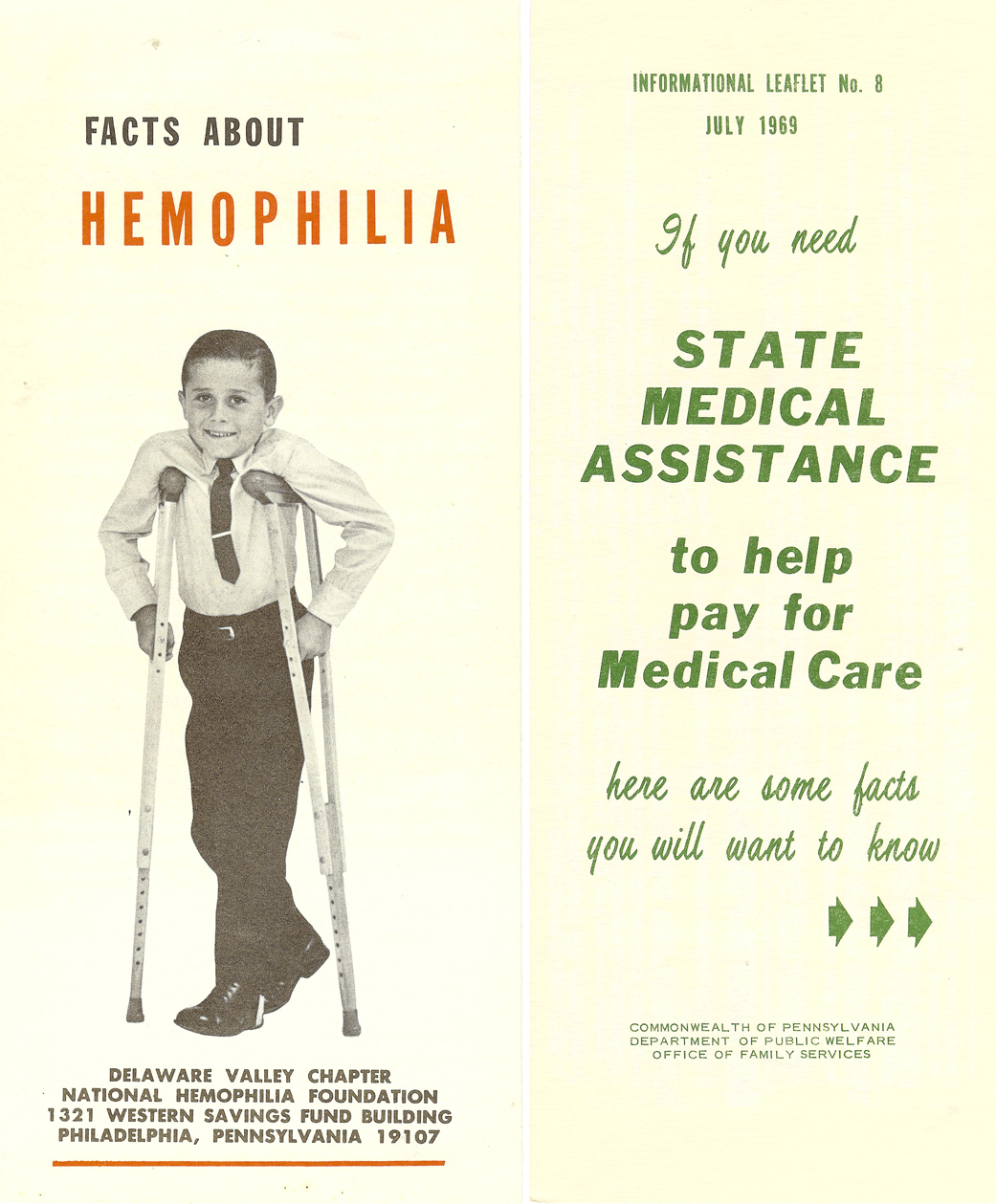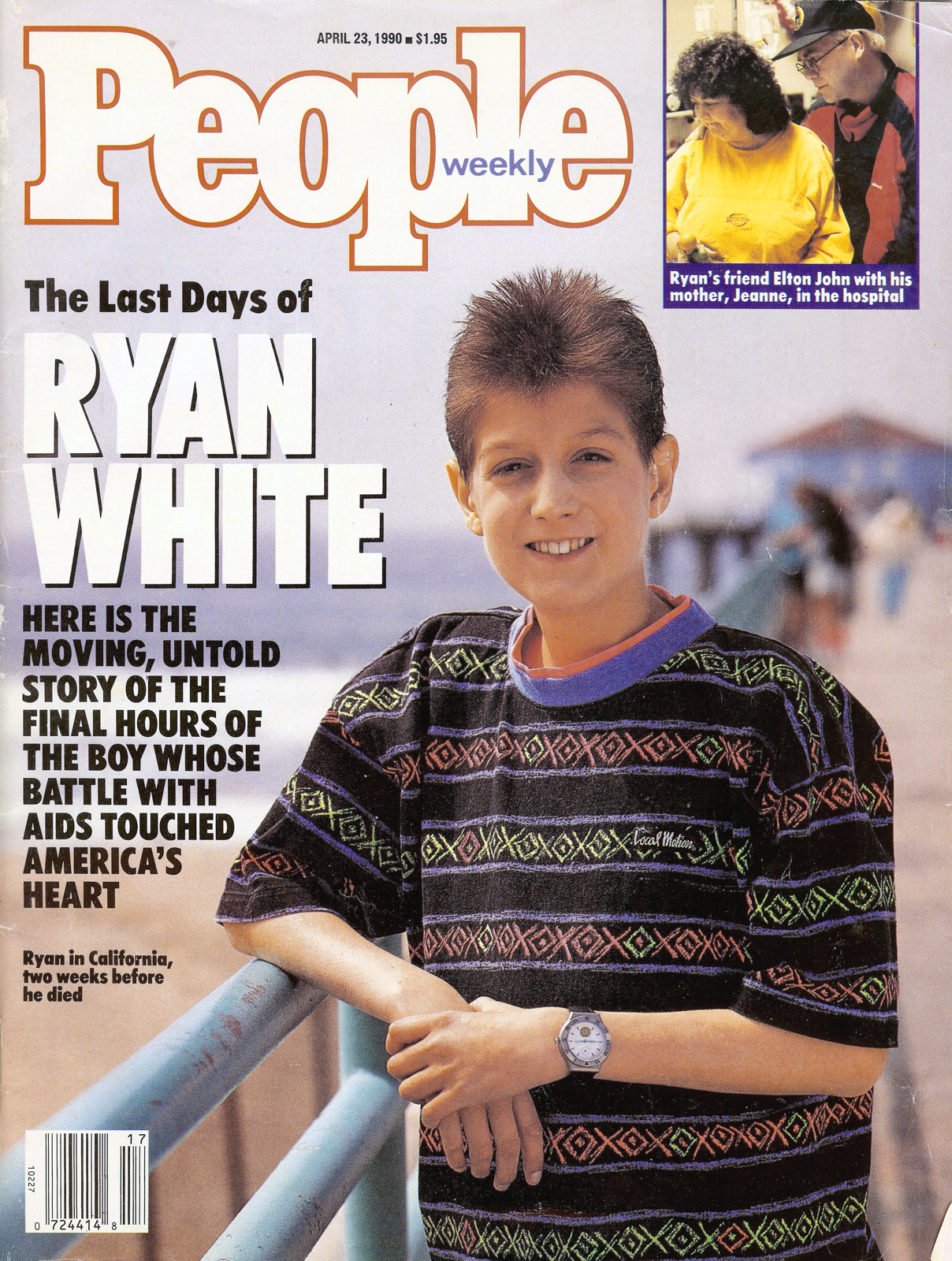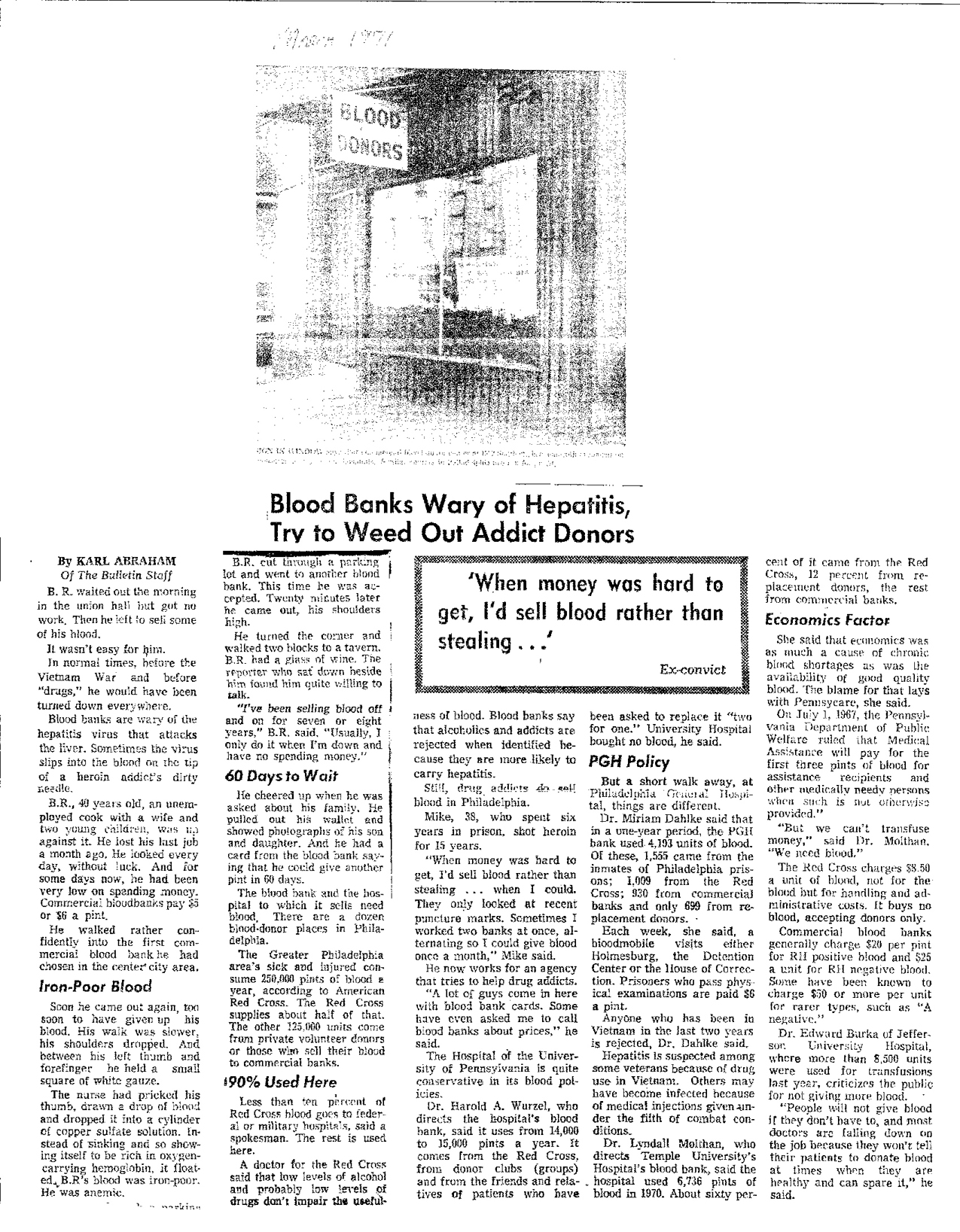The basic groundwork: Republicans succeeded in taking the majority of seats in the House; the Senate will remain in Democratic hands next year, but by a much narrower count than currently. A single defection, or serious illness or death, or a combination, can change things drastically.
Jockeying for leadership positions in both chambers, but especially in the House with a change in majority, began only days after the election results were in. The Senate kept Harry Reid (D-NV) as Majority Leader, and Mitch McConnell (R-KY) as Minority Leader. In the House, there really were no contenders for the top spot; John Boehner (R-OH) will be the new Speaker. Eric Cantor (R-VA) is in line to become the House Majority Leader under Boehner. Minority leadership was clarified when Nancy Pelosi (D-CA) indicated that she would take the top Minority spot, Minority Leader. Steny Hoyer (D-MD) had an unexpected fight with Jim Clyburn (D-SC) for the number two Minority position, Minority Whip; it was such a dead heat that Pelosi created a new position, Assistant to the Speaker, for Clyburn, high-ranking enough to appease him and allowing Hoyer the Whip position, keeping the peace.
Individual committee chairmanships have largely become finalized. In the Senate, Health will be chaired by Mike Enzi (WY), current Ranking Member (senior member of the Minority side of the Committee). In the last Congress, Enzi was author of a bill (which while unsuccessful spawned many lookalikes) that would permit health insurers to ignore state mandates requiring care for special groups. As the Senate Health Insurance Reform legislation passed through that Committee despite hundreds of amendments attempting to blunt it, he will be well positioned to revive some of them or more stringent ones as the Republican Party works to keep its vow to undo last spring‟s Health Insurance Reform legislation.
Senate Appropriations is likely to go to Sen. Kit Bond (MO); the Health Appropriations Subcommittee Chair, like most all other Subcommittees, will be named by the new Chair.
In the House, the Energy & Commerce Committee will be chaired by Fred Upton (MI). The Health Subcommittee Chair will be Joe Pitts (PA). Upton has stated his intention to “Repeal Obamacare." We have our work cut out for us.
The Chairmanship of Appropriations, a key player in Republican budget-cutting agendas, will not go to be Jerry Lewis (CA), the current Ranking, but to Hal Rogers (KY), third in line. Some have expressed surprise at this appointment, as Rogers has over his 30 years in the House earned, through securing numerous „earmarks‟ or specific targeting of funds to benefit his district, come to be known on the Hill as "Mr. Pork." At a minimum his record seems at odds with the larger Republican theme of spending reduction. As in the Senate, the appointment of the Health Subcommittee of Appropriations must await Rogers‟ installation.
The House Government Reform and Oversight Committee, used very successfully by past Chairman Henry Waxman (D-CA) to ferret out government wrongdoing, will almost certainly be taken by Rep. Darrel Issa (R-CA), who has announced plans to have so many and so thorough hearings on the Health Insurance Reform legislation that it will actually impede the agencies‟ ability to implement its many components on schedule.
The House Committee on Energy and Commerce lost three senior Democrats, Rick Boucher (VA), 3rd in seniority, Bart Gordon, (TN) fifth, and Bart Stupak (MI), eighth, as well as two other members lower down on the list. However, of these five, the Subcommittee on Health lost only two – Gordon and Zachary Space (OH). Republican losses, actually, were comparable: four senior members of the full committee, with three of them vacating senior positions on the Health Subcommittee. Key committees for our work will still have many familiar Democrat faces on them, but learning and working with the new members on all four of these committees – and educating them about our community and its needs - will be the order of business on the Hill for the next few months.
Leadership
Congress has bee productive since the elections, but almost entirely in the week before its Christmas adjournment. A lame-duck Congress with such extensive party realignments, for most of the six-week session it saw no resolution to constantly shifting currents of gridlock caused by rigid positions as both parties tested their powers in the post-election period. It was not a time of compromises and moving forward the large amount of serious legislation on its plate. This was unfortunate considering the large amount of legislation on its plate. These included tax cuts, government funding, immigration, food safety, and numerous others.
In addition, in what has been viewed as an historical event, both the House and the Senate voted to overturn the longstanding policy of „Don‟t Ask, Don‟t Tell‟ vis-à-vis service in the military by members of the gay and lesbian community. COTT hails this important step by the Congress; this policy had no place in an enlightened society. We congratulate the many gay and lesbian groups that worked so hard to overturn this policy.
The entire federal funding for the fiscal year that began several months ago is usually accomplished via committee decisions over the different components of government operations – in the Spring before the fiscal year begins. This year, as these votes sometimes never took place, leadership bundled them all into one „Omnibus‟ bill, as has been done often in the past. Action on it was delayed until after the fiscal year began on October 1, then until after the elections, then into early December when it was surprisingly voted down due to the large number of special interest provisions ("earmarks‟) in it and finally until the last day before the federal government would shut down. The result? Approval of continued operations until March, but only at the same funding levels as last year.
Another matter: passage of a bill to allow adult children of illegal immigrants to access programs otherwise requiring proof of citizenship or other legal status. This bill, known as the DREAM Act, gained more and more support but then failed to secure enough votes to be likely to pass if brought up for a vote.
The nuclear disarmament pact with Russia requires renewal, but a strong announcement to the President by a key Senate Republican that renewing it, the Strategic Arms Reduction Treaty (START), will face opposition in the Senate, another example of muscle-flexing by members testing out new power behind them. However, again as with other key bills, it did pass in the last week before adjournment.
Another bill: a Food Safety bill, greatly increasing the funding and powers available to the FDA in the wake of a variety of nationwide food recalls in recent years, was drafted in the Senate, received preliminary votes, and then languished for 17 months in Congress, mostly in the hopes it could be tied to a fiscal bill that never passed. Again, passing readily in the endgame, it was a Christmas present to FDA.
The biggest wrestling match that has gone on behind Hill doors has been over the revocation of the tax cuts passed early in the second Bush Administration, which were aimed at business as a way of creating jobs and boosting the economy – but now just look like more benefits for the rich, while the rest suffer 10% unemployment as the recession continues. Democrats do NOT want this question it to carry over into next year‟s Republican-controlled House agenda. A Presidential negotiation directly with the Republican leadership in early December resulted in a compromise proposal, but the House Democratic caucus, in part offended to be excluded from the President‟s direct outreach to the other party, rejected the compromise. After a cooling off period, and thanks to a number of non-tax related benefits the President succeed in making part of the compromise, it passed.
The months of November and December have brought us in Washington some high theater. It was certainly the largest mid-term change in decades. That in turn has contributed to the theater: the new House majority, flexing its muscle, declaring, essentially, watch out Mr. President, your days are numbered.
The flexing of muscle has occurred on both sides of the aisle, in both chambers of Congress, as the survivors of the election realize their numbers are largely still intact, and the leaders of the party that will be in power but whose legion of freshmen – new, untrained, no-seniority freshmen, yet to be sworn in, have not yet been able to wield the clout they look forward to in a few short weeks.
Note: In addition to posting the COTT Washington Update on our website, www.cott1.org, we can send it directly if desired. Request at cott-dc@earthlink.net
VOLUME 12 NUMBER 4 - 2010
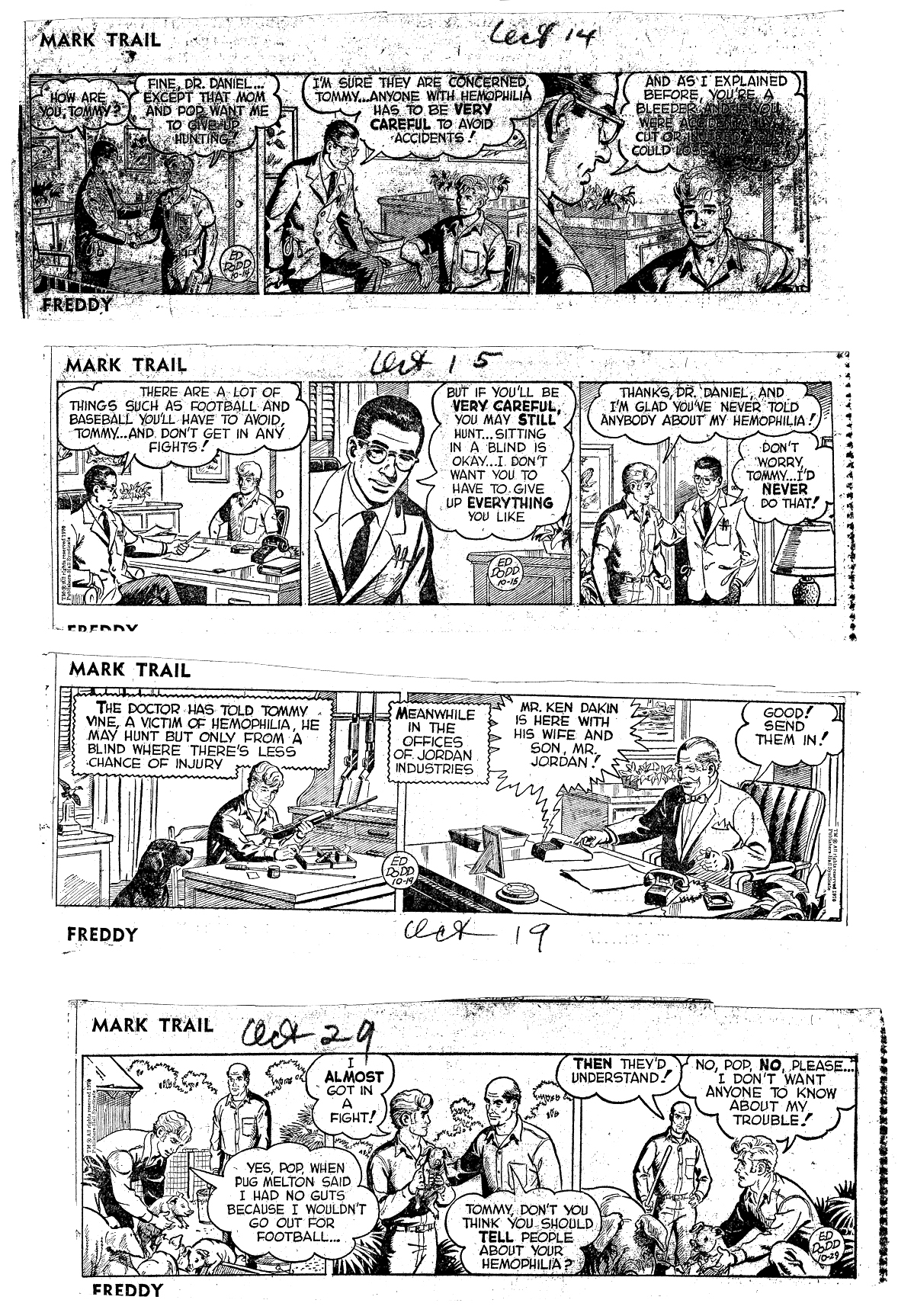 I hope you are enjoying the "archive e-news letter" mailings. This installment includes two attachments containing scans of a serial cartoon strip which features hemophilia in its story line. Contained in the hemophilia "archive" are 77 panels from a cartoon strip entitled "Mark Trail”, page 1 and page 2, written by Ed Dodd and introduced in newspapers in April of 1946. The story featured in the attached scanned images, which ran from October, 1970 through January of 1971, centers around "Tommy Vine", who is described in the strip as a "victim of hemophilia".
I hope you are enjoying the "archive e-news letter" mailings. This installment includes two attachments containing scans of a serial cartoon strip which features hemophilia in its story line. Contained in the hemophilia "archive" are 77 panels from a cartoon strip entitled "Mark Trail”, page 1 and page 2, written by Ed Dodd and introduced in newspapers in April of 1946. The story featured in the attached scanned images, which ran from October, 1970 through January of 1971, centers around "Tommy Vine", who is described in the strip as a "victim of hemophilia".
